In the Southeast, land is more than a financial asset. It’s part of the cultural fabric—something handed down, worked over, and walked through. For generations, owning land was as much a family identity as a legal record. Tutt Land Company was born out of that era, when buyers were often neighbors, and sellers knew every gate by name, not GPS coordinate.
But time changes how people live, and with it, how they view land. The Southeast has not escaped the pressures of modern growth, urban sprawl, or the reinvention of rural space. What hasn’t changed is the land itself—and the values that tie people to it, no matter which side of the table they’re on.
Sellers Carry the Weight of What Was Built
Most sellers Tutt Land Company works with aren’t simply letting go of land—they’re turning a page that took decades to write. The fences were often built by hand, stretched across pasture by a grandfather who called it “just a little work.” The timber may have been planted after a clear-cut in the late ’80s, carefully managed ever since. The barn out back? Framed with old telephone poles hauled in one at a time. There’s history in the deer stand overlooking the ridge, in the logging road that still bears tire ruts from a 1972 Chevy, and in the firebreaks cut every spring with the same tractor that finally died after too many good years.
To these landowners, the acreage isn't a line on a map—it’s a story told in seasons. It’s where "PaPa" tended his “garden”—two acres of vegetables and cane that the family always telling him that once it is over an acre, it is called "Farming". It’s the two-bedroom cabin no one ever admitted was temporary, where anyone in the family down on their luck could stay without asking. These places held family reunions, fish fries, church potlucks, and the silence of early mornings before anyone else was awake. Selling isn’t just a financial decision—it’s about timing, aging out, or realizing that no one’s coming back to bush hog the fields like they used to. And what’s being passed on isn’t just land—it’s a quiet inheritance of effort, memory, and care.
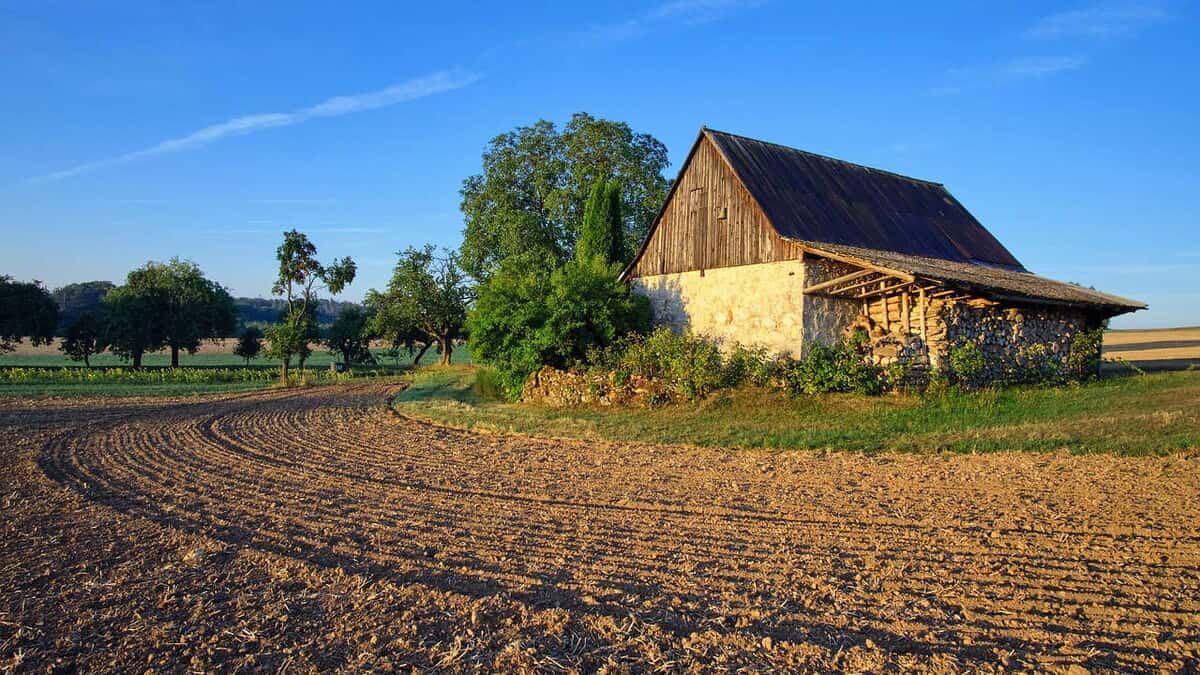
Legacy Improvements
Many sellers spent decades building barns, fencing off sections, or digging wells—often with no blueprint, just grit and repetition.
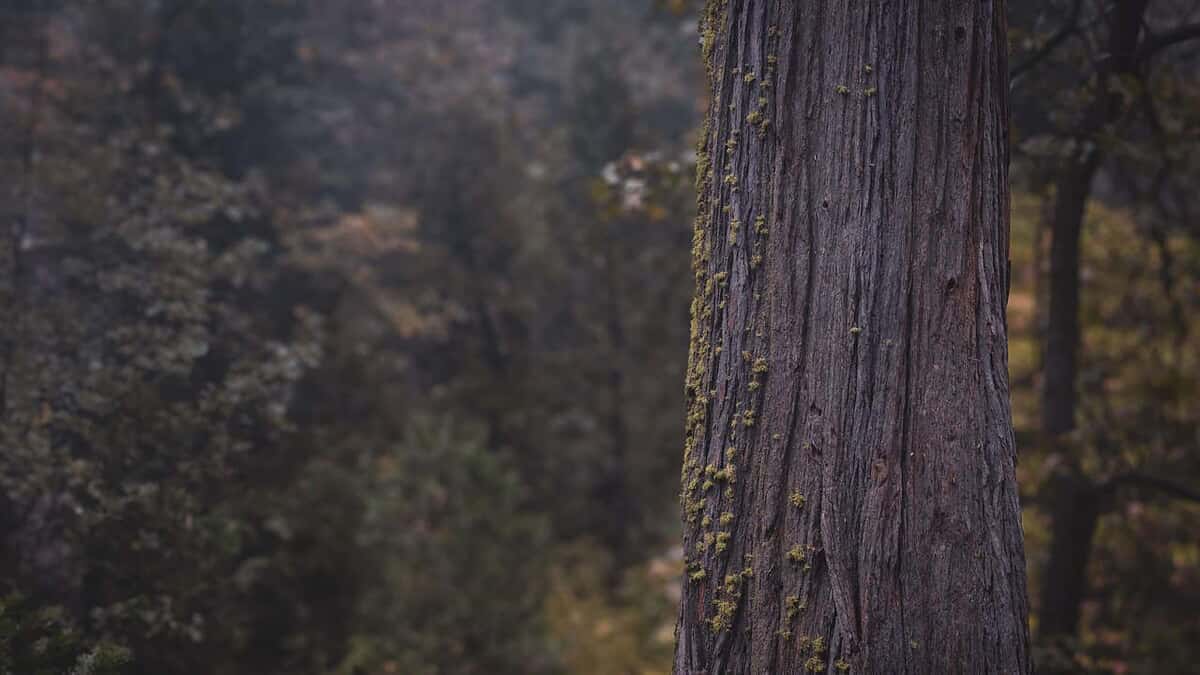
Timber and Land Management
Some tracts reflect a lifetime of careful stewardship—managed timber stands, hand-seeded plots, or selective cuts done with restraint, not haste.

Family History
These properties hold stories—of laughter under pecan trees, Sunday meals in the field, and names carved into barn walls that no one’s ready to paint over.
These sellers aren’t just walking away from acreage—they’re offering someone else the chance to write the next chapter. They want the buyer to understand what’s being handed over. That takes more than a listing. That takes land professionals who know how to listen—and know how to honor what came before.
Buyers Arrive with a New Vision
Today’s buyers step onto rural land with different eyes. Most didn’t grow up with a tractor in the shed or a grandfather who kept bush hog blades under the porch. Many come from city blocks and backlit screens, drawn by the promise of slower days and wide-open nights. They’re not chasing nostalgia—they’re chasing something quieter, something real. A rhythm they missed the first time around and hope to reclaim with soil underfoot and stars overhead.
These buyers aren’t looking to start from scratch. They don’t want to clear a homesite or string half a mile of new fence. They’re looking for land that’s ready to use: clean plats, working wells, barns with good bones, and cabins where a wood stove still warms the center of the room. If there’s a pond with fish in it or a food plot already planted, all the better. They respect effort—but they’re buying time, not work.
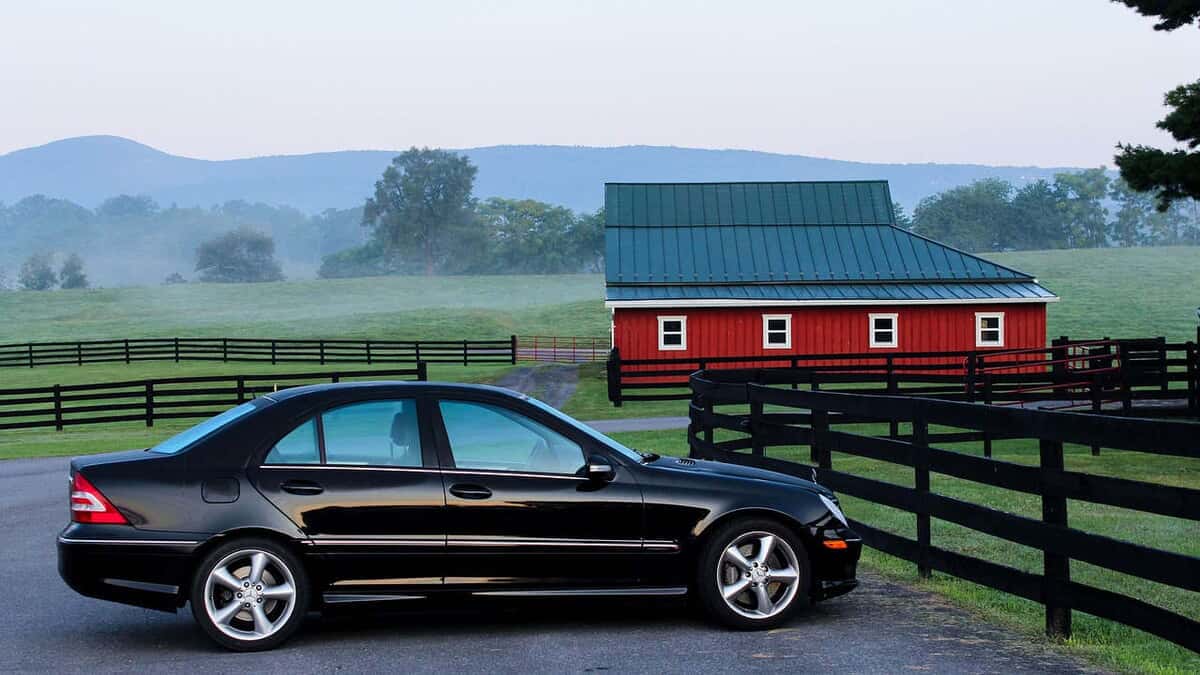
Move-In Simplicity
Buyers want cabins with power, barns with locks that turn, and gates that don’t need welding. They’re not looking for a project—they’re looking for a place to breathe.
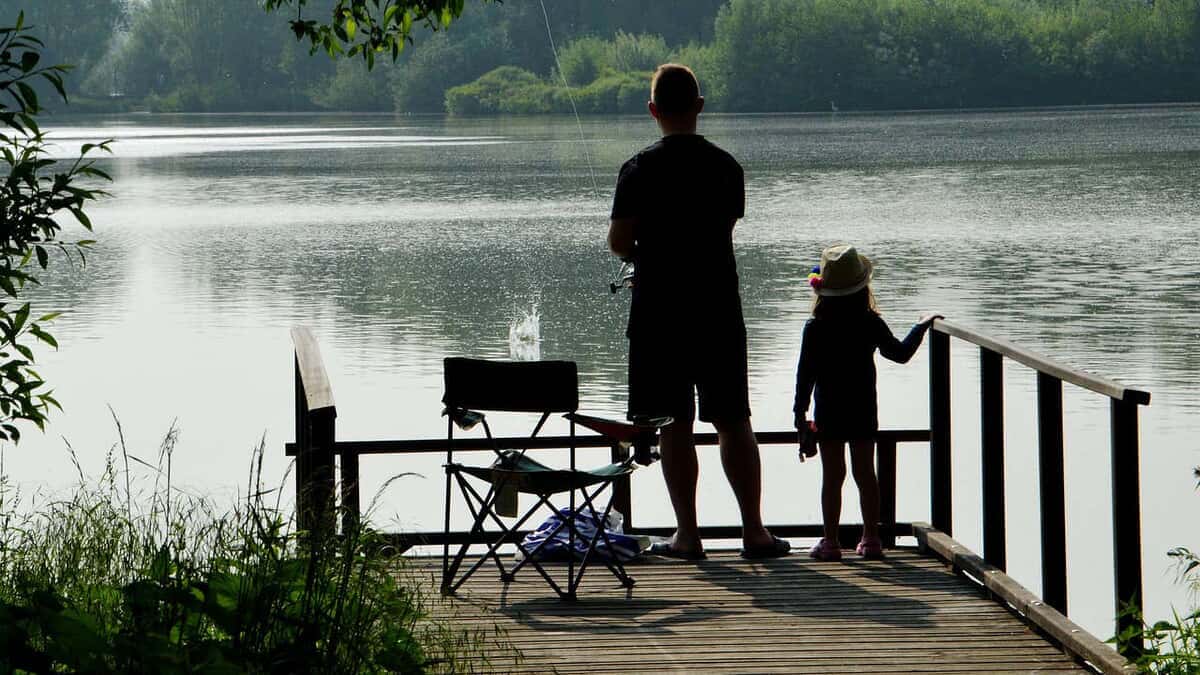
Family-Ready Living
Some buyers are parents wanting a safe, open place for their kids to grow—where barefoot summers, tree forts, and fishing poles replace screen time.
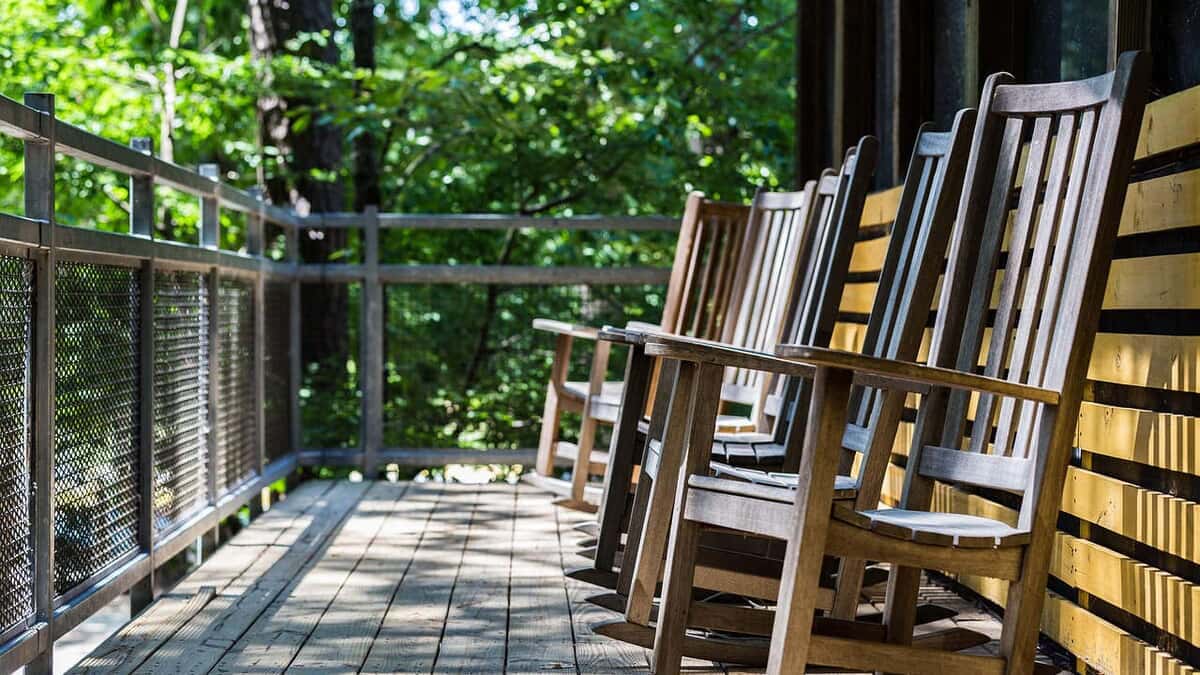
Quiet Returns
Others are looking for passive income: a hay lease, a seasonal hunting agreement, or a barn that could earn a little on weekends while holding value over time.
They’re not trying to replicate someone else’s legacy. They just want to pick up where that story left off—and shape a new one, on their own terms.
What is means to stand in the Middle
What we have learned across the years and across the Southeast, the land is changing hands—but what it means to own it is not. For every seller letting go of a piece of their family’s story, there’s a buyer looking to start one of their own. That space between what was built and what comes next is where Tutt Land Company has quietly worked for generations.
Tutt Land Company stands between these two paths. Not just as a broker, an agent, but as a trusted land professional. Our land professionals here know how to honor a family’s effort while helping another family begin their own. They don’t just sell land—they interpret it. They walk buyers through firebreaks and food plots, helping them see what’s possible without forgetting who made it so. They help sellers frame their property not just in terms of acres, but in stories—stories that make it easier to let go, because they’re being handed to someone who will keep them going.
In a region where land has always meant more than price per acre, Tutt Land Company is proud to stand in the middle—preserving legacy, enabling future, and making sure both sides understand the weight and promise of the ground beneath them.